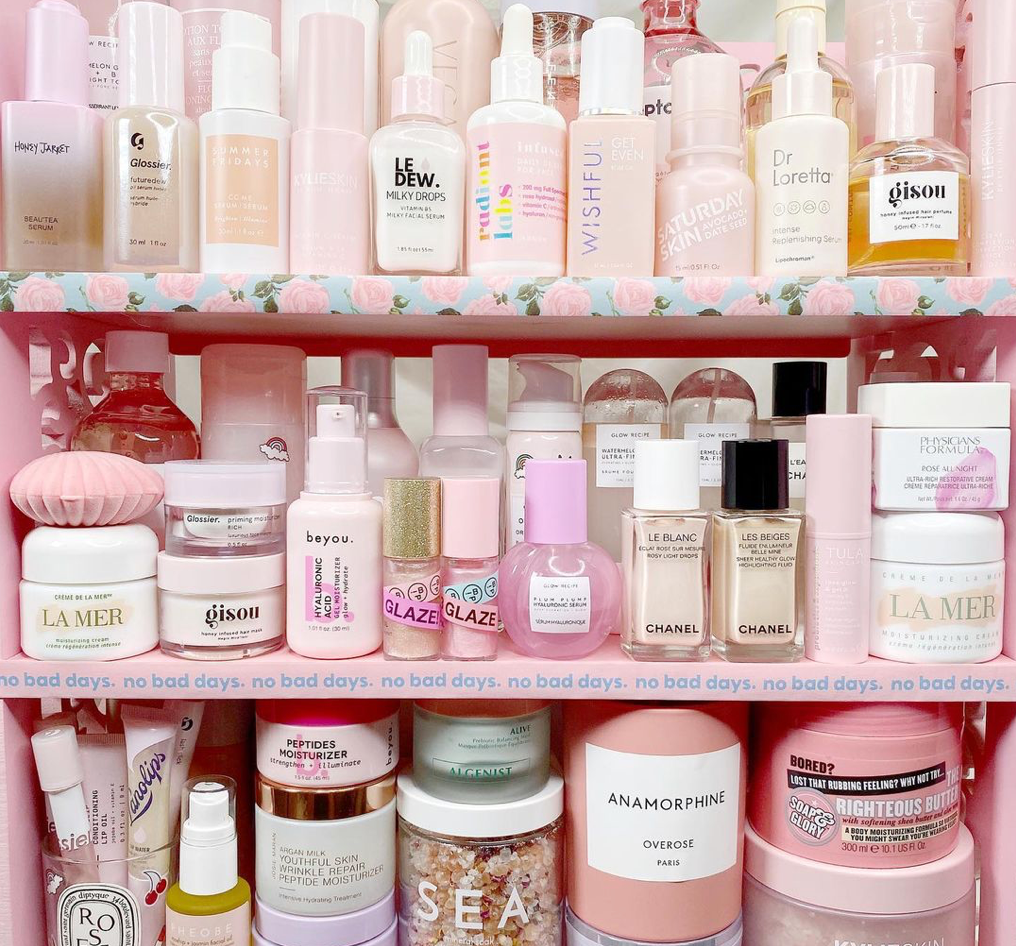We have to appreciate the good things that have come out of a year like 2020, and one that is long overdue is the end of toxic masculinity. Recently we have seen an increase in the demand for personal care products marketed to men. In fact, A report, published by Allied Market Research, forecasts that this is a market expected to garner $166 billion by 2022.
So what does this look like?
Male products like deodorant, cologne and shaving products are often one size fits all. 2021 and the years that follow are projected to bring with it a more personal, tailor-made approach to male beauty.
The disparity between male and female beauty is manifested on the shelves at beauty stores. While skincare concerns definitely don’t discriminate, the His and Her labels mark products differ in their display enough to drive away the male buyers. If not the labels to deter the male gaze, then the apparent feminine display and glittery, pastel fonts will surely do the trick. All of these things, in ways unspoken, perpetuate the long-standing idea that men don’t have the same skin problems that women have.
“When it comes to men’s products, brands favor super harsh ingredients that will convince you all men have skin made of leather. But I have dry skin that is sensitive, so the majority of skincare targeted for men just doesn’t work for me,” says Matt Woodcox, the blogger and content creator behind “Dirty Boys Get Clean.”

Beauty-curious men are dissuaded with societal conditioning, convincing them not to give as much importance to their skincare problems. In the past, men did not have the luxury of concealers to cover up acne breakouts or blemishes. Just a man going to the store to buy a concealer of any sort is an act loaded with stigma.
Devir Khahn was prompted to launch his men’s cosmetic brand “Stryx” after waking up on his wedding day with a pimple. Khan says 70 percent of his consumers have never used a cosmetic before. As a result, Stryx created a vast number of tutorials and how-tos on the application.
Other beauty moguls attempting to bridge the beauty gap are Rihanna and Charlotte Tilbury who are adding beauty how-to’s for the men interested in using their products that are unfamiliar with the application process.
While masculinity is undeniably evolving, it is still a subject that needs to be handled with strategy. This comes in the form of calculated brand identity. MMUK is a U.K.-based men cosmetic brand that grossed over one million dollars last year. Alex Dalley, the founder, attributes this to strategic branding. Some specific strategies that MMUK uses are simple packaging, using basic colors, and using the word “man” on their products.

Even high-end brands like Chanel are using the rising trend as an opportunity for expansion. The brand launched its first made-for-men skincare and cosmetics line known as “Boy De Chanel” in September of 2019.
“There are so many people growing up with the idea that you’re not tied to the gender you’re born with,” said Larissa Jensen, a beauty industry analyst at NPD. “Beauty is no longer what you’re putting out as ‘ideal beauty.’ Beauty can be anything, anyone, and any gender.”
The idea that “beauty looks like me” is proving to be a transformative one. It is an idea that does not distinguish and one that will pioneer a whole new horizon for the future of beauty. While 2020 has proved the future is definitely unknown, there is one thing we can be sure of: men’s self-care will no longer be the underdog of the global beauty market and VALLEY is here for it.
Related






1 Comment